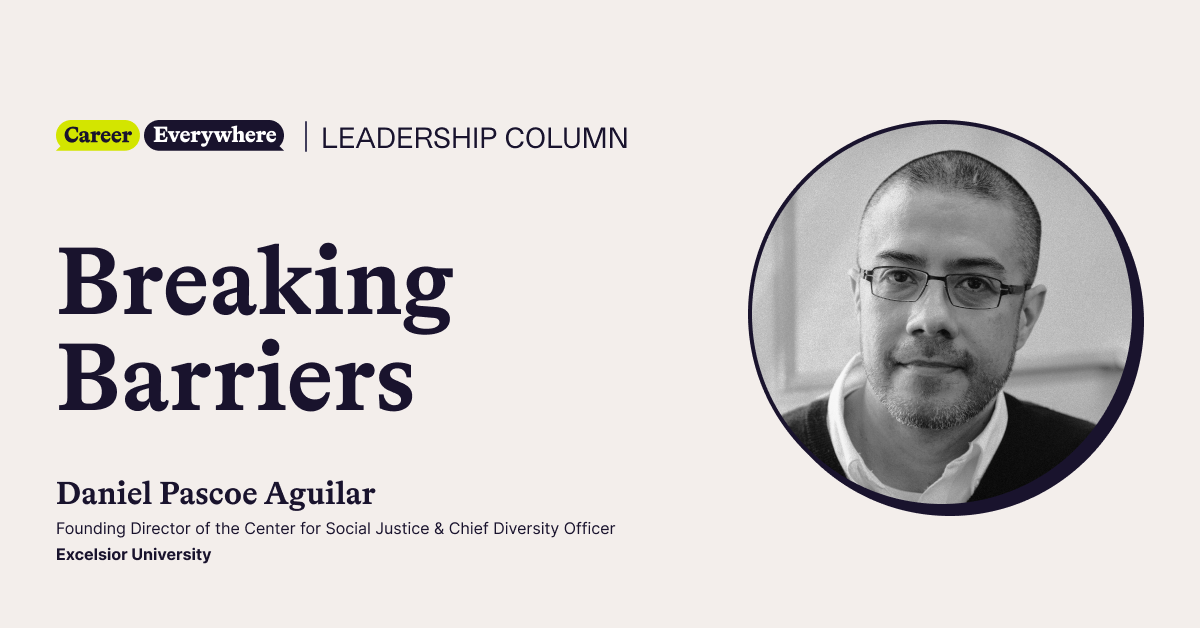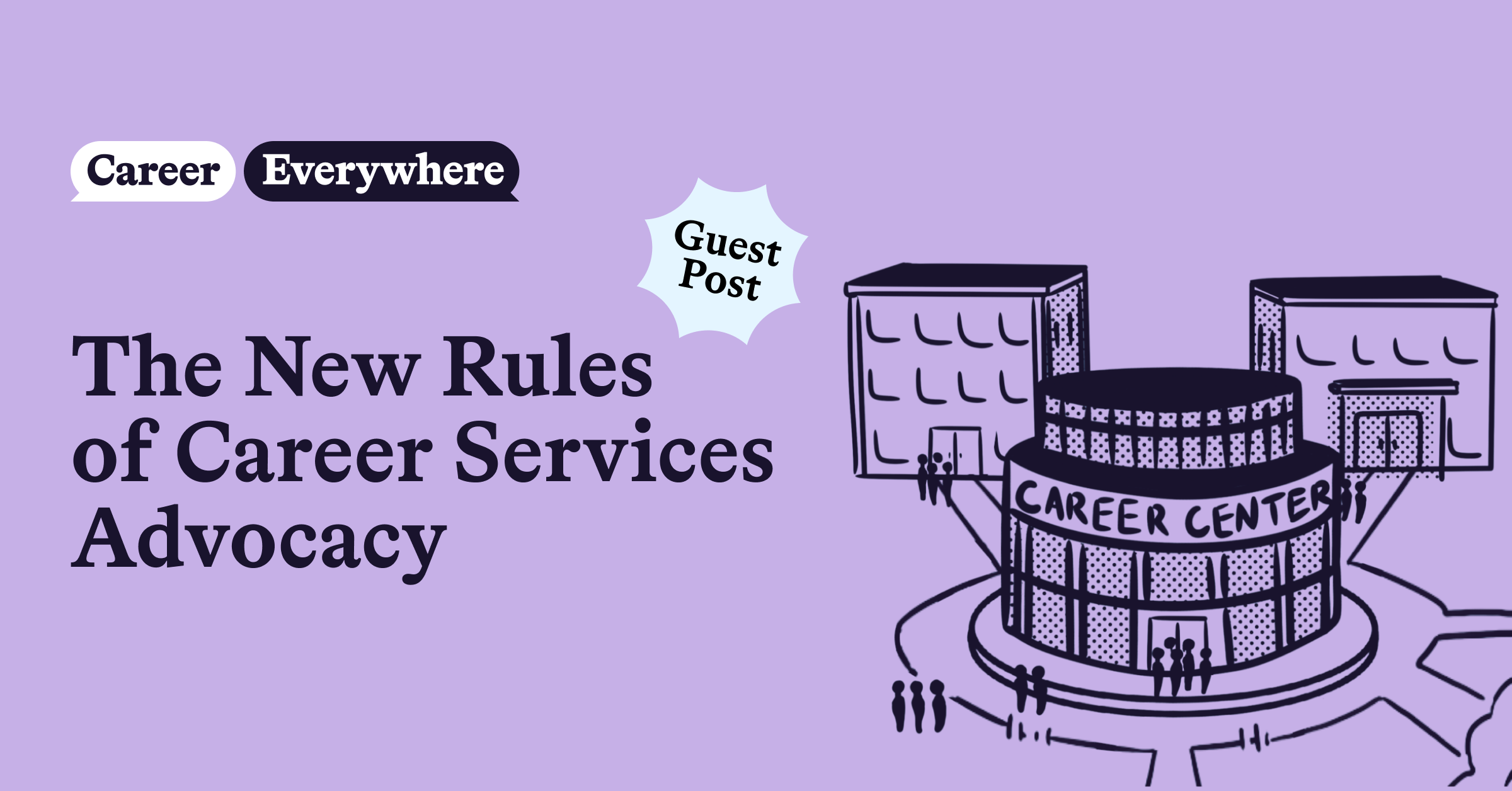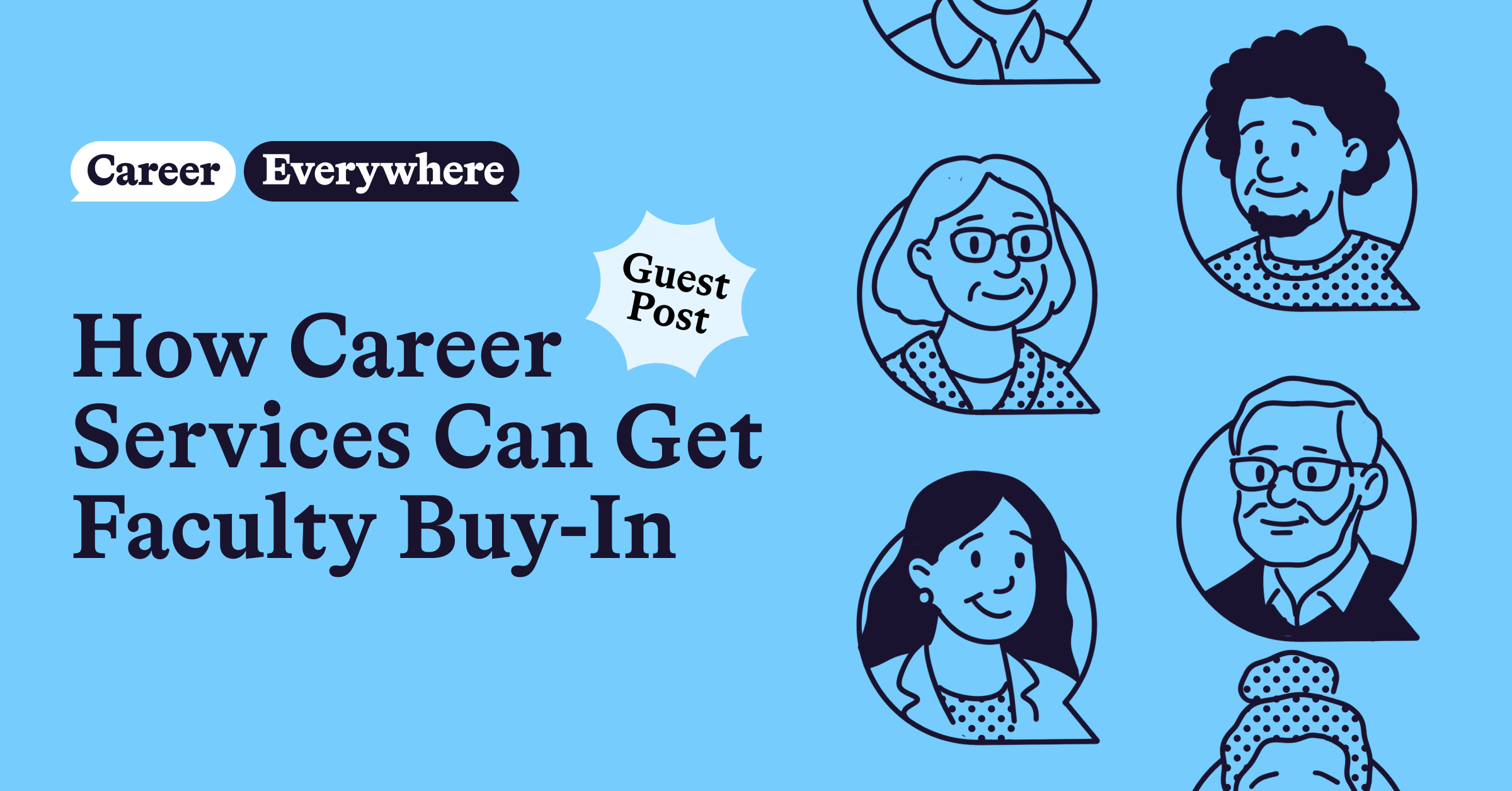
Last week, in a 6-3 vote, the Supreme Court of the United States of America ruled race-conscious admissions programs unconstitutional. This landmark decision prevents admissions offices from including race as an admission factor in some higher education institutions, setting back years of precedent in the court and moving us backward in our collective intercultural development.
Distributive justice
In my perspective, this ruling has brought further distributive injustice (the “justice that is concerned with the apportionment of privileges, duties, and goods in consonance with the merits of the individual and in the best interest of society,” according to Merriam-Webster) to members of our communities who have been historically underrepresented by design or by default in our higher education environments. To exemplify the systemic level of this oppressive pattern, let’s consider how OECD data indicate that it takes an underprivileged family five generations to get out of poverty. In contrast, US Department of Labor data has shown for years how earning a bachelor’s degree in the US immediately moves a graduate into a socio-economic bracket that doubles their wages and drops their unemployment rate by half.
If we know that post-secondary education is transformative, neglecting its availability to all members of our communities, or worse, removing access paths to it is distributive injustice. A 2012 study from The Review of Economics and Statistics found that former race-conscious admissions state bans have decreased minority enrollment at prestigious public institutions by over 30%. And a model published by The Journal of Labor Economics estimated that a national ban could generate a 10% decrease in minority enrollment at selective universities.
Historical and developmental justice
In my opinion, data such as these clarify that the systemic issue at hand is not only a distributive injustice crisis, but also one of historical injustice (“past moral wrong committed by previously living people that has a lasting impact on the well-being of currently living people,” according to Encyclopedia Britannica) and developmental injustice (the “necessary system or strategy adaptation to the needs of particular members of the community who experience innate or environmental factors that limit their ability to integrate, survive, or thrive”).
Our awareness of this level of inequity in our communities should provoke our invested leadership of historical and developmental justice efforts.
Cia Verschelden has offered a powerful perspective on this issue by introducing what she labeled as the “bandwidth tax of uncertainty” with which our historically underrepresented students live and which they have to survive every day. Her research has found that the constant threat, the lack of access, and the overwhelming uncertainty underprivileged students, their families, and their communities have most often experienced daily for generations inevitably challenge and thus limit their capacity to function at their full potential, cognitively, affectively, and physically. I have observed that so many experience this, and I have gone through it firsthand as an underrepresented student and professional.
The threat is real and the limitation is uncontrollably impairing. Removing any, let alone key, equity scaffolds the system makes available to give underprivileged students access or support to transformative opportunities is historical and developmental injustice.
Contributive justice
Unfortunately, the SCOTUS decision not only exacerbates the distributive injustice historically underrepresented members of our communities experience. Gravely, it also generates contributive injustice (when “justice is not achieved because there is neither the duty nor the opportunity for everyone to contribute to the effort or decision-making at hand,” according to Wikipedia) at our critical decision-making tables. Research and experience are clear about the power that valuing and leveraging the diversity of perspectives, experiences, ideas, and skills of our communities and organizations, including our higher education institutions, bring to our direly needed solutions and innovation, and subsequently to our ability to survive and thrive as nations and as a planet.
Now more than ever, as higher education institutions we need to share “the belief that all people have the right to pursue economic, social, educational, and professional opportunity and meaning in their lives, that there is a shared responsibility to ensure that nothing stands in the way of that pursuit, and that this work stands on the four principles of equity, access, participation, and human rights” (Excelsior University Center for Social Justice).
We must do everything in our power as institutions and individuals to value, pursue, and leverage diversity and dialogue as means to inclusive justice, collective intelligence, interdisciplinary thinking, effective decision-making, performance enhancement, and contributing to our community and society overall.
Recommendations for higher ed and career services leaders
As higher education institutions, I thus recommend asking ourselves questions like the ones below to lead in pursuing distributive, historical, developmental, and contributive justice in our students’ experience, in the ecosystems in which we lead, and in the communities we serve:
- What existing student access data do we already have and should review to further inform our institutional efforts to continue diversifying our student body and institutional ecosystem?
- What additional student access data do we need or how should we disaggregate the data we have to further inform our institutional efforts to continue diversifying our student body and institutional ecosystem?
- What new, inclusive student access strategies should we consider as part of our institutional efforts to further diversify our student body and institutional ecosystem?
- What additional student, stakeholder, or community perspectives should we elicit to inform our institutional efforts to further diversify our student body and institutional ecosystem?
- What strategies could we pursue to further elicit and leverage our students’ perspectives, experiences, and ideas in our efforts to enhance our institutional performance and impact?
- What strategies could we pursue to further elicit and leverage our organizational stakeholders’ and our communities’ perspectives, experiences, and ideas in our efforts to enhance our institutional performance and impact?
Similarly, as career services professionals/leaders in higher education institutions, I recommend asking ourselves questions like the ones below:
- What existing student access data do we already have and should review to further inform our efforts to continue diversifying the students we engage in their life design and professional development?
- What additional student access data do we need or how should we disaggregate the data we have to further inform our efforts to continue diversifying the students we engage in their life design and professional development?
- What new, inclusive strategies should we consider as part of our efforts to continue diversifying the students we engage in their life design and professional development?
- What additional student, stakeholder, or community perspective or collaboration should we elicit to inform/enhance our efforts to continue diversifying the students we engage in their life design and professional development?
- What strategies could we pursue to further elicit and leverage our students’ perspectives, experiences, and ideas in our efforts to enhance their engagement in their life design and professional development?
- What strategies could we pursue to further elicit and leverage our organizational stakeholders’ and our community members’ perspectives, experiences, and ideas in our efforts to enhance our students’ engagement in their life design and professional development?
Pursuing distributive, historical, developmental, and contributive justice has further become a critical responsibility of our leadership and work.
Creating environments to which every member of our communities has access and in which everyone, particularly our students, feels safe and empowered to show up authentically and to contribute their story, voice, and brightness, regardful of who they are and regardless of our comfort with or ability to understand their uniqueness, is not only our moral responsibility; it is also a key strategy to the success of our shared mission:
Facilitating the preparation of a diverse, engaged, authentic, and ready next generation of leaders with whom we can collaborate to build a better future.


